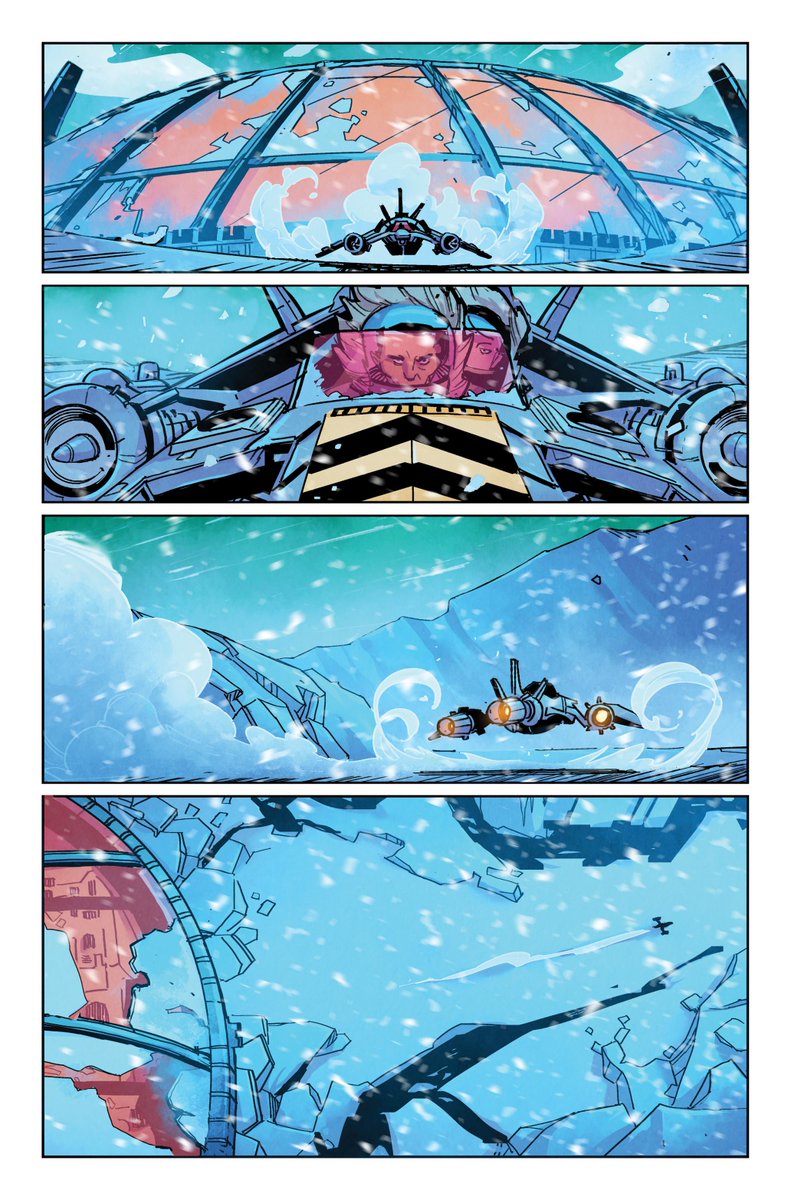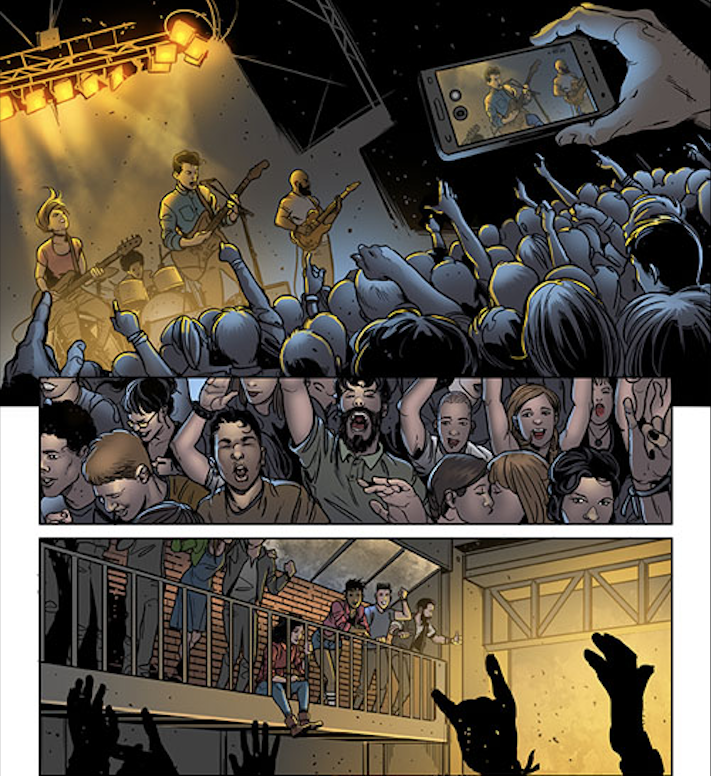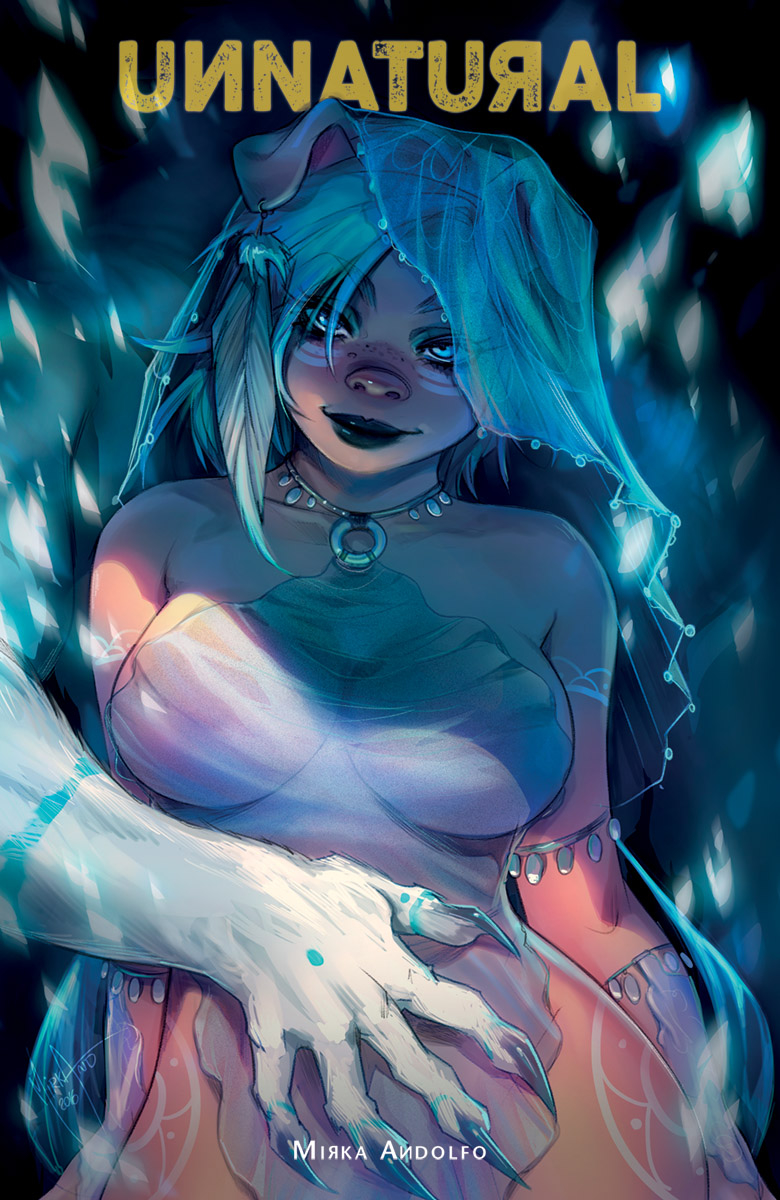REVIEW: Death of Inhumans #1 by Donny Cates, Ariel Olivetti, Jordie Bellaire, & Clayton Cowles
Be afraid for all your favorite Inhumans...be very afraid.
By Zack Quaintance — Donny Cates only has one setting: #@$&ING INTENSE. No off switch, no take-it-easy button, no chill. He might not even have brakes in his car. This is all a dramatic way of saying Cates brings the same hard-hitting, grandiose storytelling to all of his books, be it creator-owned titles Babyteeth, God Country, and Redneck, or Marvel’s Venom.
I suspected as much after Cates got what were essentially gap-filling arcs on Doctor Strange and Thanos, yet still added Bats the Ghost Dog and Frank Castle the Cosmic Ghost Rider to their respective mythoses (mythosi?). Now, Death of the Inhumans #1, first of a five-part series that is exactly what its title implies, has verified my Cates ALWAYS Goes Hard theory.
If ever there was a time to ease up, this was it for Cates, who is juggling successful creator-owned comics (the aforementioned Babyteeth and Redneck), while also laying groundwork for a character-defining run on Venom, writing a Cosmic Ghost Rider mini-series, and returning soon to Thanos with Thanos Legacy #1 in September.
The poetic characterization of Black Bolt is one of this issue's major strengths.
But he didn’t lay off. In fact, Death of Inhumans is as intense as any of Cates’ work, if not more so, powered in this issue by expert characterization of Black Bolt and a fearsome new villain, Vox. It also has Cates signature entertaining-yet-authoritative voice, which guides you through the carnage on the page, showing you what hurts most with poetic turns of phrase before cracking wise in the very next panel, all while sounding like a genial Texan uncle.
What has most defined Cates work so far, however, is that you can just tell this guy is having all kinds of nutso fun writing superhero comics. I’d wager half his ideas start in bars (he lives in Austin, as hard-drinking of a town as any) and the other half start with him wondering if he can get away with something.
Vox is one of the most immidiately fearsome villains in recent Marvel memory.
Credit is also owed to Marvel for letting Cates get away with ideas while also pairing him with top-notch artists, including the likes of Gabriel Hernandez Walta and Cates’ God Country/The Paybacks collaborator, Geoff Shaw. They’ve done it again here, putting him with the team of Ariel Olivetti and Jordie Bellaire. While the later is a top tier colorist, Olivetti is new to me, but the work in this book is impressive, especially the character design for the new, horrifying villain. Basically, I for one am primed and ready for the coming annihilation.
Overall: Cates trademark clever-yet-authoritative voice combines with a fearsome new villain and excellent characterization of Black Bolt to turn what could have been a chance for him to take it easy into one of his most intense titles yet. Prepare for the coming devastation. 8.5/10
Zack Quaintance is a journalist who also writes fiction and makes comics. Find him on Twitter at @zackquaintance. He lives in Sacramento, California.





























